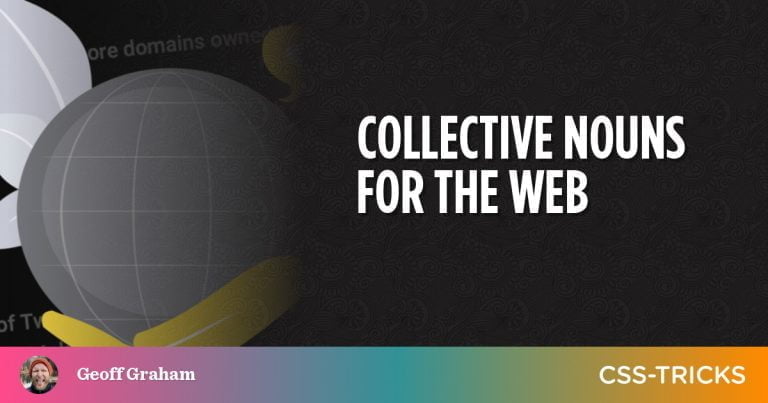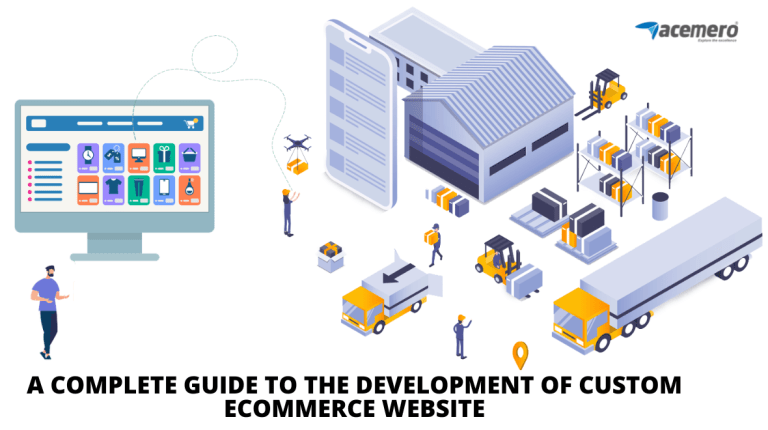In this article, we’ll look into the best programming language for app development. We’ll discuss which are the top programming languages and toolsets available to us. We’ll also review the pros and cons of each, so that you can make an informed decision about what’s right for you and your mobile app development needs.
- Types of Mobile Apps
- What Are the Best Languages for App Development? (Native)
- Native Runtimes
- Frameworks
- Platforms and Tools for Mobile App Development
- Conclusion
Mobile app development is a process by which a mobile app is created for devices, including smartphones, tablets, and more. It involves the conception, planning, design, development, and testing of the app. And in the current decade, with an ever increasing number of mobile phone users and the introduction of new and innovative technologies, it’s an industry that keeps growing.
As a result, there’s a high demand for mobile app developers who can build high-quality and user-friendly apps. The U.S. Bureau of Labor Statistics says that the proliferation of mobile apps will lead to a greater need for qualified developers, with demand projected to grow by 21% between 2018 and 2028.
Types of Mobile Apps
Table of Contents
There are essentially two types of mobile apps: native apps, and hybrid apps.
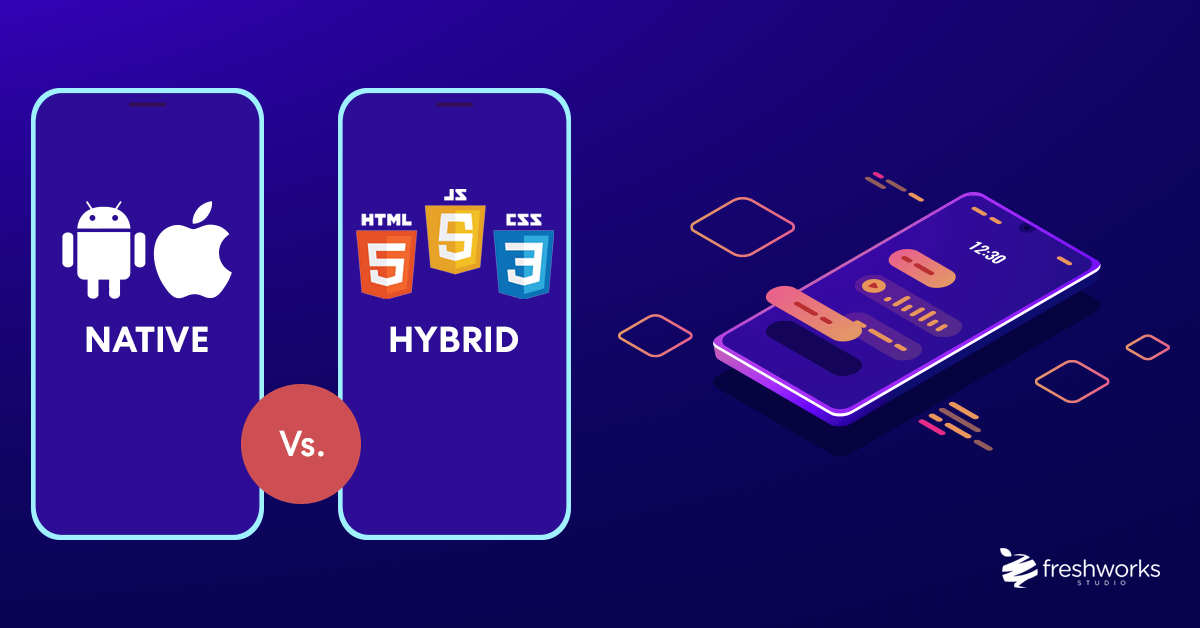
Hybrid vs Native Apps by Merroa
Native Apps
A native app is an app that’s developed specifically for one type of mobile operating system, such as iOS or Android. Native apps are written in the language that’s native to the operating system, such as Objective-C or Swift for iOS apps, and Java or Kotlin for Android apps.
Native apps have several advantages:
- They can take full advantage of the features of the mobile device, such as the camera, GPS, and push notifications.
- They can be designed specifically for the user interface of the mobile operating system, which results in a better user experience.
- They can be downloaded from app stores, such as the App Store for iOS devices and the Google Play Store for Android devices.
However, native apps also have some disadvantages:
- They can be more expensive to develop than other types of apps, because they require two separate development teams — one for each type of operating system.
- They can take longer to develop, because each operating system has its own set of rules and guidelines.
- They can be more difficult to update, because each operating system has its own update process.
Hybrid Apps
A hybrid app is an app that’s developed using a combination of web technologies — such as HTML, CSS, and JavaScript — and native technologies — such as Objective-C or Java. Hybrid apps are usually developed using a framework, such as Cordova, Ionic, or React Native (more on these later).
Hybrid apps have several advantages:
- They’re usually easier and faster to develop. They’re built on web technologies, for which there are more developers available, which can save money and time to market.
- They can be designed to work on multiple types of mobile devices, including smartphones, tablets, and laptops.
- They can take advantage of the latest features native to each platform.
- They can be downloaded from app stores, such as the App Store for iOS devices and the Google Play Store for Android devices.
However, hybrid apps also have some disadvantages:
- They can be less reliable than native apps, because they rely on multiple technologies.
- They can be less responsive than native apps, because, at the very least, they must communicate with the browser interface and the JavaScript engine before talking to the operating system.
- They can be more difficult to update, because they must be compatible with multiple types of operating systems.
Finally, they can be less attractive than native apps, because they usually don’t have access to native hardware, such as the camera and GPS.
Web Apps
A web app is an app that’s developed using web technologies such as HTML, CSS, and JavaScript. Web apps are usually developed using a framework such as Angular, React, or Vue.
Web apps can be even less responsive than hybrid apps, because of the server/client nature of HTTP-based interaction: every request needs to be sent to a server and the client (the browser) needs to wait for a response. And this is even more so when using server-side technologies such PHP, Python, Ruby, or ASP: for every request, a script needs to be run on the server before the response is ready for the client.
Notice that, if you want to develop a hybrid app, you’ll necessarily have to build a web app first. So solid knowledge of web development will be required. (If you need a refresher on JavaScript, check out Learn to Code with JavaScript: The Most Popular Programming Language on Earth on SitePoint.)
We’ll have a companion article in this series focusing on web app development, so for the rest of this article we’ll focus exclusively on native and hybrid apps.
How to Choose Which Type of Application to Develop
Okay, so let’s summarize all of the above for easier digestion:
| Native App | Hybrid App | Web App | |
|---|---|---|---|
| Pros |
|
|
|
| Cons |
|
|
|
What Are the Best Languages for App Development? (Native)
You should consider whether you plan to develop for iOS, Android, or both.
However, if you want to develop for both platforms, you need to decide whether you want to create an app that has a similar user experience on both platforms — in which case, a better bet might be developing a cross-platform app — or if you want to create an app that has a unique user experience on each platform.
iOS Apps

Objective-C
Objective-C is a powerful and versatile language that’s been used to develop many popular apps — such as Uber, Pinterest, and Instagram.
Objective-C is a superset of the C programming language, which means that it includes all of the features of C, plus some additional ones — such as dynamic typing, method overloading, data encapsulation, and automatic memory management.
Objective-C is easy to learn for developers who are already familiar with C or C++, because it’s built on top of the C language. However, it can be more difficult for those who are new to programming, because it’s a more complex language.
As a fairly old language, Objective-C has plenty of tutorials and information available. But at this point, it’s not as widely used as Swift, so at the same time there’s a smaller community of developers to learn from.
Resources:
Swift

Swift is a powerful and intuitive programming language for iOS, macOS, tvOS, and watchOS. Swift is easy to use and open source, so anyone with an idea can create something incredible.
Swift was designed to be easy for beginners to pick up, while still being powerful enough for experienced developers.
Some highlights of the Swift language include:
- It was created by Apple and introduced at Apple’s Worldwide Developers Conference (WWDC) in 2014
- It’s a compiled language, so it’s fast and efficient.
- It’s type-safe, so it helps to prevent errors and increase code quality.
- It has memory management built into the language, so you don’t have to worry about memory leaks.
- It’s also interactive, so you can write code and see the results immediately.
In short, Swift is safe, fast, and interactive. And it’s easy to learn, even if you’re new to programming. So if you want to develop an iOS apps, Swift is probably your language of choice.
Resources:
Additionally on SitePoint:
Android Apps

Java
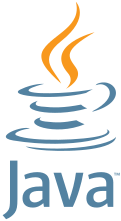
Java is a versatile and powerful programming language that can be used for developing Android apps — such as Spotify, Netflix, and Google Earth. Java can also be used for developing desktop, web, and enterprise applications. It’s one of the most in-demand programming languages.
Java and C are very similar, in that they’re both structured, imperative languages that use a compiler. And just like Objective-C , Java is object-oriented, so it makes it easy to write code that’s modular and reusable. Because of this, Java should be relatively easy to learn for developers who are already familiar with C or C++. However, it can be more difficult to learn for developers who aren’t familiar with these languages.
However, notice that Java is a pure object-oriented programming language, while C is a hybrid language that supports both procedural and object-oriented programming. Java uses a virtual machine to execute code, while C code is compiled directly to machine code. Java code is portable across platforms, while C code isn’t. Finally, Java supports automatic memory management, while C doesn’t.
Java is a compiled language, so it’s fast and efficient. And because it’s type-safe, it helps to prevent errors and increase code quality. Java also has a garbage collector, so you don’t have to worry about memory leaks. Additionally, Java is a popular language, so there’s a large community of developers to learn from with plenty of documentation and support available.
Resources:
Kotlin

Kotlin is a new language that was designed specifically for developing Android apps. It runs on the Java Virtual Machine (JVM), and it’s fully compatible with Java, so you can use all the existing Java libraries when developing Kotlin apps.
Kotlin is a statically typed language, so you can catch errors at compile time, instead of at runtime. Kotlin also supports both functional and object-oriented programming paradigms.
Some highlights of the Kotlin language include:
- It’s a concise language, so you can write less code and achieve the same results.
- It’s safe, because it eliminates the null pointer exception.
- It’s interoperable with Java, so you can use Kotlin code in Java projects, and vice versa.
- It has a strong tooling support in Android Studio.
- It’s developed by JetBrains, the company behind IntelliJ IDEA.
- Android mobile development has been Kotlin-first since Google I/O 2019.
In short, Kotlin is a probably your go-to option if you want to go all-in on Android apps.
Resources:
Additionally on SitePoint:
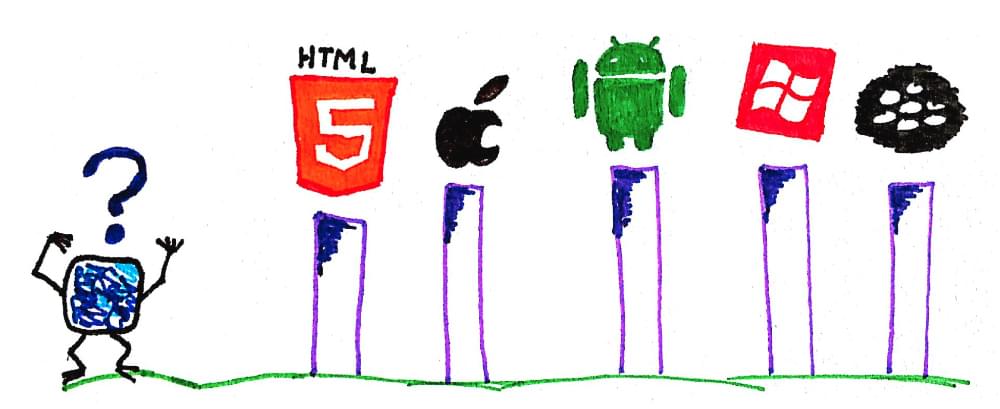
Cross-platform applications, by Tsahi Levent-Levi
As we’ve already noted, developing native apps can take a lot of time, money, and effort. It can be much easier to develop a cross-platform app with a tool that can generate apps for multiple platforms. And while you’ll still need to build the app for iOS or Android with the framework or runtime you use, you won’t need to write code for every target.
Alternatively, if you want to create an app that has a similar user experience on both platforms, you can develop a cross-platform language app, which allows you to use the same codebase for both platforms. But remember that, if you want to create an app that has a unique user experience on each platform, you’ll probably need to develop the app in each platform’s native language.
Native Runtimes
Native runtimes are tools that allow you to develop apps that run on multiple platforms, such as iOS, Android, and Windows. The advantage of using native runtimes is that you can reuse your existing code, so you don’t have to rewrite your app for each platform.
However, these can also be tricky to set up and fully understand; but once you get the hang of it—and there’s plenty of good documentation available to that end—you should get your pipeline set.
Apache Cordova

Cordova (formerly PhoneGap) is an open-source native runtime that allows you to develop apps for multiple platforms using HTML, CSS, and JavaScript. It provides a wide range of plugins that allow you to access native device features, such as the camera and GPS.
Cordova is a popular choice, because it’s been available for a long time and it has many users. However, it has been aging a bit lately when compared to Capacitor.
Resources:
Capacitor

Capacitor is a somewhat newer option, being a cross-platform app development toolkit created by Ionic. It also allows you to develop apps for iOS, Android, and the Web, using HTML, CSS, and JavaScript. It also provides access to native device features, such as the camera and GPS.
Compared to Cordova, Capacitor ships better tooling, it’s more actively maintained, and it has enterprise support (see Capacitor vs Cordova: Hybrid Mobile App Development.
Very well documented, with a thriving community, Capacitor is growing more popular by the day.
Resources:
Frameworks
There are many frameworks that can be used to develop cross-platform apps. Here are some of the best.
React Native
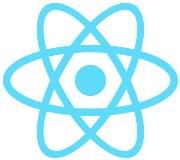
React Native is a powerful UI framework that’s been used to develop many popular apps, such as Facebook Ads, Walmart, and Bloomberg. Just like React, it was created by Meta (Facebook).
Essentially, React Native is a JavaScript library for building user interfaces that compiles to native code, so you can use all the existing native libraries when developing React Native apps.
React Native is a great choice for developing cross-platform apps, because it’s easy to learn for developers who are already familiar with JavaScript. In addition, React Native is quite popular, so there’s a large community of developers to learn from.
Resources:
Additionally on SitePoint:
Flutter

Flutter is a new language that was designed specifically for developing cross-platform apps, including mobile, web, desktop, and embedded devices. It runs on the Dart VM, and it’s fully compatible with Dart. Like Dart, Flutter was created by Google.
Flutter has many libraries to speed up development flow, so you can develop apps quickly. In addition, Flutter is reactive, so you can create responsive user interfaces. Flutter is also open source, so you can use it for free.
However, it can be more difficult to learn for developers who aren’t familiar with Dart.
Some big names using Flutter include BMW, Alibaba, and Google Pay, among many others.
Resources:
Ionic Framework

The Ionic Framwork is a popular choice for developing cross-platform apps using HTML, CSS, and JavaScript.
It was originally based on the Angular framework, although it now also supports React and Vue. It also originally used Cordova to access native device features, although now it also has support for Capacitor, which Ionic itself developed.
Ionic is a great choice for developing cross-platform apps, because it’s easy to learn and use. In addition, Ionic apps are fast and responsive. And because Ionic uses Cordova and Capacitor, you can access native device features, such as the camera and GPS.
With enterprise-grade cloud support, some apps developed with Ionic include Sanvello, T-Mobile, Disney, and many more.
Resources:
Quasar

Quasar is a cross-platform app development framework also using HTML, CSS, and JavaScript. It’s built on top of Vue.js, and it uses the latest technologies, such as Vue 3, Vite to make development blazing fast, and both Cordova and Capacitor for native app support.
Quasar has best-in-class support for creating single-page applications, server-side rendering (SSR), progressive web applications, mobile apps, desktop apps, and even browser extensions.
What we want to achieve with Quasar is to raise the bar for web development as a whole. Make it go forward, evolve. Change minds. Point out when there’s a better alternative. — Why Quasar
Quasar is a great choice for developing cross-platform apps, because it’s easy to learn, fast and efficient, it offers many features and great performance, and the documentation is really good. So far, though, its adoption is still limited compared with the other frameworks.
Some resources you will find useful include:
Summary
| Name | License | Language | Platforms |
|---|---|---|---|
| React Native | MIT | JavaScript | iOS, Android, web, macOS, Windows, Linux |
| Flutter | BSD | Dart | iOS, Android, web, macOS, Windows, Linux |
| Ionic | MIT | HTML, CSS, JavaScript | iOS, Android, web, macOS, Windows, Linux |
| Quasar | MIT | HTML, CSS, JavaScript | iOS, Android, web, macOS, Windows, Linux, Electron, browser extension |
There are a number of different platforms and tools available for mobile app development that can be used to create high-quality applications.
Some of the most popular include:
-
Android Studio: the official Integrated Development Environment (IDE for developing Android apps. It’s based on the IntelliJ IDEA platform and provides a robust set of features for code editing, debugging, and performance profiling. Android Studio is available for Windows, macOS, and Linux.
-
Xcode: the IDE for developing iOS and macOS applications. It includes a full suite of features for code editing, debugging, and performance tuning. Xcode is only available for macOS.
-
Visual Studio: a powerful IDE for developing Windows and web applications. It includes a wide range of features for code editing, debugging, and performance profiling. Visual Studio is available for Windows and macOS. Its standalone companion, Visual Studio Code (VS Code) is also available for Linux.
-
Unity: a popular game engine for developing 3D games and a tool for developing mobile apps. It includes a full suite of tools for code editing, debugging, and performance tuning. Unity is available for Windows, macOS, and Linux.
-
Eclipse: a popular, open-source IDE for developing Java applications. It includes a wide range of features for code editing, debugging, and performance tuning. Eclipse is available for Windows, macOS, and Linux.
-
Titanium SDK and Appcelerator: these were designed as open-source frameworks for developing cross-platform for a variety of platforms — including mobile — using web technologies. However, the Appcelerator offering has been discontinued and the Titanium code has been made public and open source.
Conclusion
Not surprisingly, there’s no one-size-fits-all answer when it comes to the best programming language for app development, just as there’s no overall best programming language to learn. Depending on the specific requirements and functionalities your app needs to offer, different languages can provide unique advantages.
But in a nutshell, you can either:
- go full iOS with Objective-C and Swift if you only plan to target iPhone and iPad
- go full Android with Java and Kotlin
- address both platforms with Flutter
- use web technologies to develop a hybrid app that will address all platforms from a single codebase (while losing a bit of control over some native specific features)
Doing cross-platform development will save you time and money, but you need to accept that you’ll always be a few steps behind when it comes to taking advantage of the latest and greatest platform features.
No matter which language you choose, at the end of the day the most important thing is that you have a clear understanding of your goals and objectives, and that you select the right toolset for your project.




